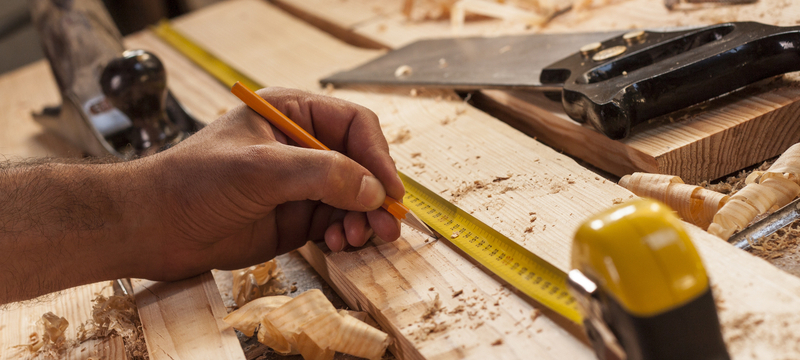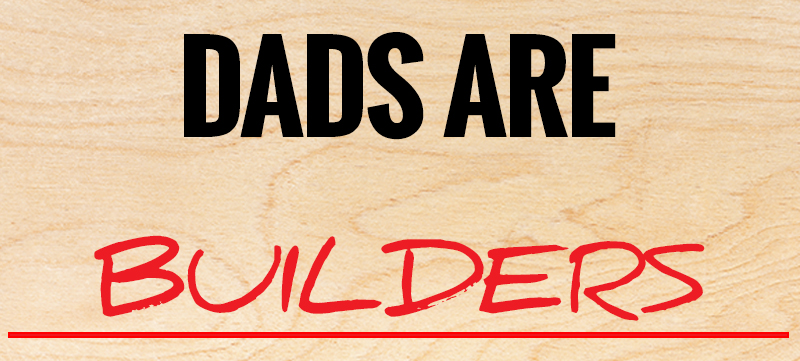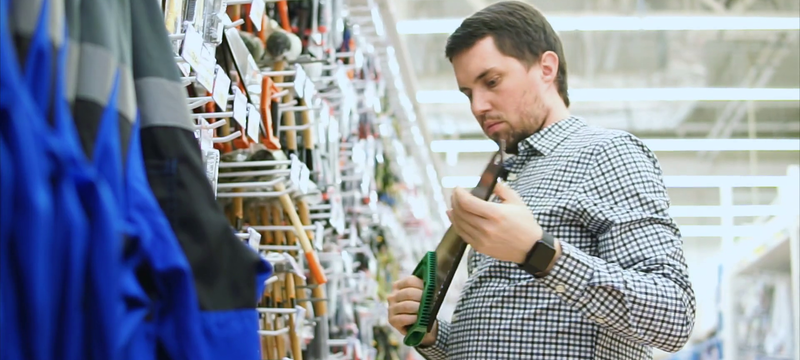Mistakes are inevitable in almost every woodworking project. But what makes a project great isn’t perfection but instead the illusion of perfection. With a few tips and tricks, you can easily hide woodworking mistakes and create the perfect piece. Remember- woodworking is not about perfection; it’s about learning how to fix and disguise your mistakes.
At Acme Tools, we want you to Do Your Best Work and feel confident about your projects. We’ve combined a list of the most common woodworking mistakes and their solutions.
Necessary Materials:
Deep Dings and Scratches
No one likes to start a project with a piece of wood with a ding or scratch. It’s even more frustrating when you are the person who made the ding or scratch. But don’t worry, we’ve got the solution.
First, grab your wood filler and a putty knife to spread the filler across the affected area. Once it’s dry, sand the area down to a flat surface. And just like that, your wood is as good as new!
Dents
Nothing is worse than getting a dent in your newly finished project. Luckily, removing dents can be reasonably straightforward. You only need a damp rag and an iron for this quick fix. Place the wet cloth over the dented area and iron it out.
- Steaming will force the wood to expand, effectively removing the dent.
Gaps in Joinery
Cutting joinery is an everyday task for a woodworker. But sometimes, the cut goes too deep, resulting in a gap. Grab your wood glue, sander, and excess board, and get started on the fix.
Start by sanding an excess piece of wood. Set aside the sawdust from the bag of the sander. Fill the gap with wood glue and place the fine sawdust on top of the glue. Once the glue has dried, sand the area, removing any excess glue or sawdust. Finish by staining.
Cracked Boards
There are times when screws crack the wood you’re working on. Grab your CA glue and wood clamps when this happens, and fix the problem. Pour CA glue entirely through the cracked area on the board and pay extra attention to the ends of the board. Remove the screw from the board and clamp the board. Put the screw back in and remove the clamps. Let the board dry, and you won’t even remember it cracked!
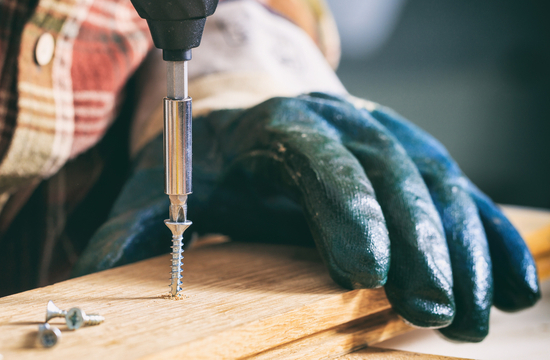
A Gap in Panel Glue-Up
Noticing a gap right before you glue your panels together can be a stressor, but with a quick fix, the problem goes away! Start by folding the faces flush. Hand plane (or use a planer) to adjust the size. And just like that, the boards are ready for glue.
Cupped Boards
Regardless of age, board cups are due to inside water density. It’s common to walk into your shop and notice that your milled boards are cupped overnight. With some time, the issue can be fixed. Wet the cupped side of the board and place something substantial like a toolbox. Leave the board overnight, and the board should flatten out by morning.
Misplaced Mortise
Most times, mortises are placed in the perfect location, but other times, a measurement or two turn out incorrect, resulting in a misplaced mortise. But like most mistakes, there’s a quick solution.
Cut a scrap piece from a similar board using a cut that exposes the long grain. Sand the piece with a tapered end. The taper will fill the surrounding gaps and allow a better fit in the mortise. Coat the piece with wood glue and hammer the scrap piece into the mortise. Once the glue is dry, plane the area flush and sand it down. You’re finally able to place the accurate mortise.
Chip Out
No sound is worse than hearing the router zing indicating chip out. There are two different types of chip out and two different difficulty levels. When you find the piece that chipped off, fixing the problem is easy. When the part is lost or unusable, more effort is required.
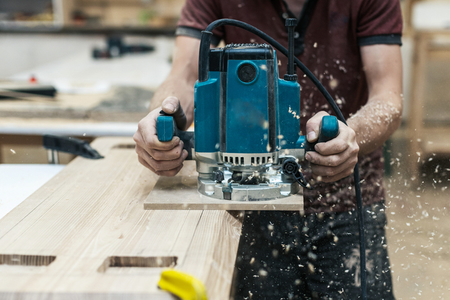
With Recovered Piece
Gather your recovered piece and CA glue. Put the piece back and distribute the glue with a putty knife. Once the glue is spread, spray some activator on the area for quick drying.
- Sand the excess material into a flat surface.
With a Patch
First, the chipped area is hand-planted into a flat surface. Find an excess piece of wood and place it in the chip out. Glue the patch with CA glue and hand plane to a flat surface. Be sure to cut off any excess length; just like that, you’ve recovered your wood!
Final Thoughts
With just a few simple steps, almost all errors can be fixed. Remember, the only person who can see your woodworking mistakes is you; most will think the mess-up is a unique feature. Shop woodworking materials at an Acme Tools near you or visit our online store. Follow our blog for more tips & tricks.

